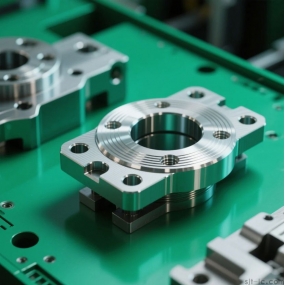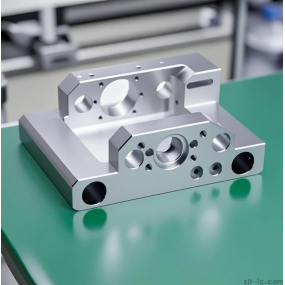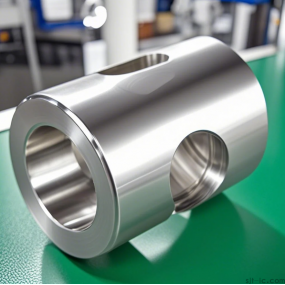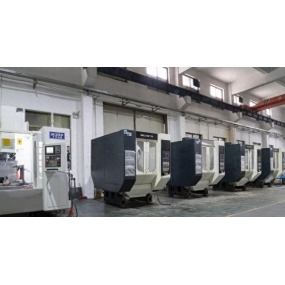Stamping process and mold, stamping equipment and stamping materials are the three elements of stamping processing. The mold used for stamping processing is called stamping mold. Stamping mold is very important in the stamping process. Without the required stamping mold, it is difficult to carry out mass stamping production; Without advanced stamping molds, advanced stamping processes cannot be achieved, and only by combining them can stamped parts be obtained. Here is a brief introduction to the advantages of stamping processing:

(1) Compared with castings and forgings, stamped parts have the characteristics of thin, uniform, light, and strong. Stamping can produce workpieces with reinforcing ribs, ribs, undulations, or flanges that are difficult to manufacture by other methods, in order to improve their rigidity.
(2) When using precision molds, the accuracy of the workpiece can reach the micrometer level, with high repeatability and the same specifications. It can be machined from holes, protrusions, etc. Cold stamped parts generally do not require cutting or only require a small amount of cutting and stamping. The accuracy and surface condition of hot stamped parts are lower than those of cold stamped parts, but still better than castings and forgings, with less cutting ability.
(3) Stamping processing is an efficient production method that uses composite molds, especially multi station progressive molds, to complete multiple stamping processes on a single press (single station or multi station), achieving automated production from unwinding, leveling, punching to forming and finishing.

(4) Stamping processing is convenient and easy to achieve mechanization and automation, because stamping is based on stamping molds and stamping equipment. The stroke of ordinary presses can reach dozens of times per minute, and high-speed pressure can reach hundreds or even more times per minute. Each stamping process can obtain a stamped part.
Due to the advantages of stamping processing, stamping processing has been widely applied in various fields of the national economy. Stamping processing technology is widely used in industries such as aerospace, military, machinery, agricultural machinery, electronics, information, railway, postal and telecommunications, transportation, chemical industry, medical equipment, daily electrical appliances, and light industry. For example, metal casings for food, steel boilers, enamel pots, stainless steel tableware, etc. are all stamped products using molds, and even computer hardware cannot do without stamped parts.


 Spanish
Spanish Arabic
Arabic French
French Portuguese
Portuguese Belarusian
Belarusian Japanese
Japanese Russian
Russian Malay
Malay Icelandic
Icelandic Bulgarian
Bulgarian Azerbaijani
Azerbaijani Estonian
Estonian Irish
Irish Polish
Polish Persian
Persian Boolean
Boolean Danish
Danish German
German Filipino
Filipino Finnish
Finnish Korean
Korean Dutch
Dutch Galician
Galician Catalan
Catalan Czech
Czech Croatian
Croatian Latin
Latin Latvian
Latvian Romanian
Romanian Maltese
Maltese Macedonian
Macedonian Norwegian
Norwegian Swedish
Swedish Serbian
Serbian Slovak
Slovak Slovenian
Slovenian Swahili
Swahili Thai
Thai Turkish
Turkish Welsh
Welsh Urdu
Urdu Ukrainian
Ukrainian Greek
Greek Hungarian
Hungarian Italian
Italian Yiddish
Yiddish Indonesian
Indonesian Vietnamese
Vietnamese Haitian Creole
Haitian Creole Spanish Basque
Spanish Basque











